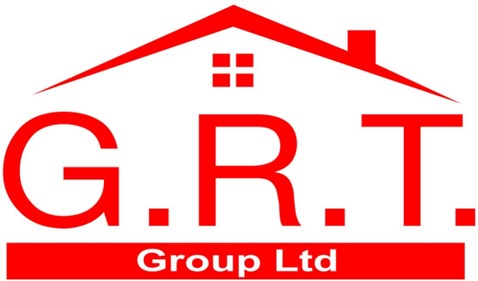House keeping toolbox talk 01
-
winter working
-
Conducted on
-
Presenter
-
Location
-
position
Contents
-
INTRODUCTION
Working in the Winter months can be an arduous task and the deterioration in the weather can bring additional risks.
While there is a legal limit for indoor work there isn’t a legal limit for working outdoors. Indoors the minimum temperature is 16 °c or 13 °c for physical.
The HSE has no specific guidance for working below 13 °c so a Thermal Comfort Risk Assessment aids compliance with the Law.
PPE AND CLOTHING
Low temperatures and wind chill can cause hypothermia and reduce dexterity and alertness. Up to 40% of body heat is lost through the head, so its important to try to keep dry and wear appropriate PPE and clothing.
Appropriate safety gloves and wearing loose layers has been proven to increase heat retention as the heat gets trapped within the layers. Fabrics like wool will retain the moisture and are not the best option. Wet clothes and gloves need to be dried and replaced where necessary.
Before starting each day, the Supervisor or Foreman along with the main contractor needs to ensure that the area to be worked is cleared of snow and ice, all access and egress is suitible for walking and the work area is also suitible. Other factors to consider is the shorter days and the light conditions, all work places should be adequetly illuminated and the lower levels of light increase the importance of hi visibilty clothing.
CONCLUSION
Every person has a legal responsibility to ensure that they do not put themselves or others at risk especially during adverse weather conditions, Winter often comes with snow, rain, ice and high winds. Tools plant and equipment stored must be secured as safely as possible. There is no hard fast rule regarding working at any height as to when the work must stop but the HSE suggest that at 23 MPH wind can cause individuals at height to lose their balance. The decision as to whether it is safe to proceed should be taken dynamically on the job as local conditions, buildings, vicinity and coverage of other structures can have an effect. The Supervisor or Foreman is empowered to make this decision as is any employee.
Things to consider are:
Layers of clothing, Hard hat liners.
Checking the weather forecast.
Have the availability of a warm drink.
Generally thinking about how you will adjust to the different temperature and plan your day accordingly.
Look at the ground conditions.
Signature Conformation. By signing this form, you are acknowledging the contents of the tool box talk and fully understand the reason it has been undertaken. You have had the chance to ask any questions and any answers that have been given have been fully understood by yourself.
-
Add signature
-
Add signature
-
Add signature
-
Add signature
-
Add signature
-
Add signature
-
Add signature
-
Add signature
-
Add signature
-
Add signature
-
Add signature
-
Add signature















